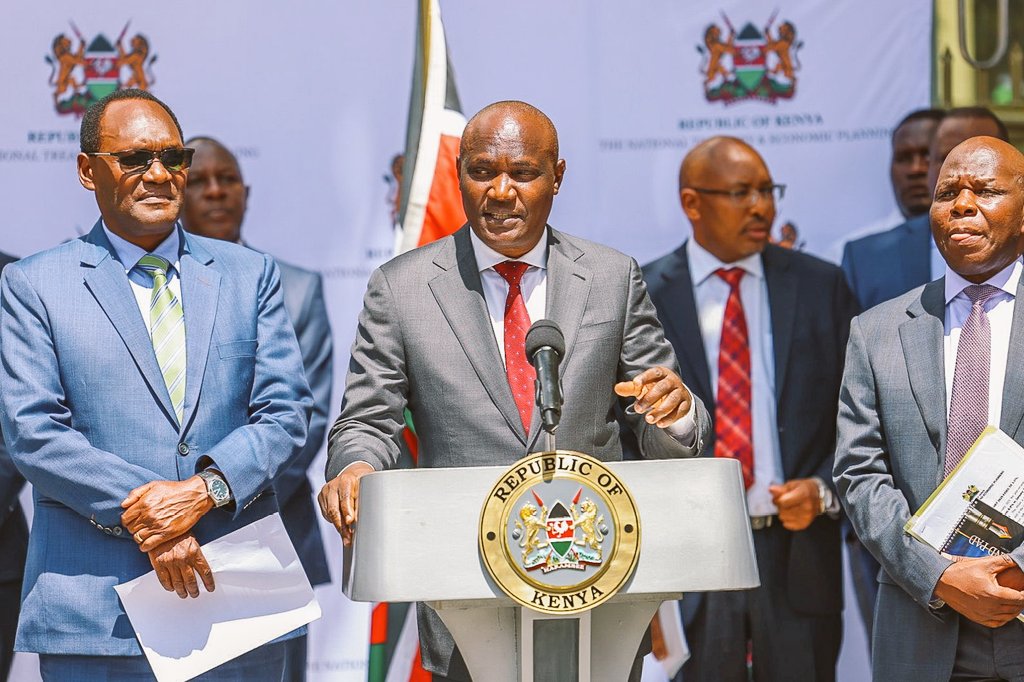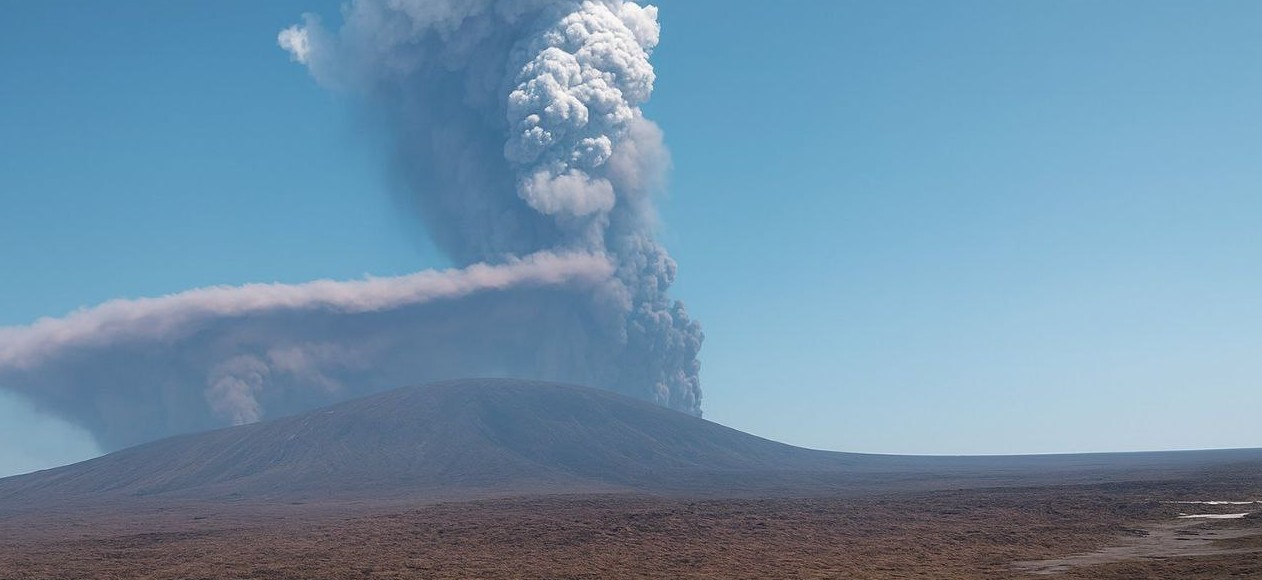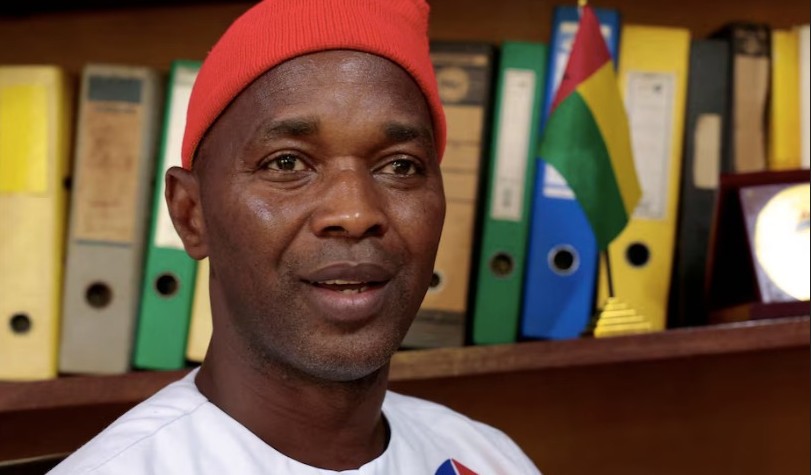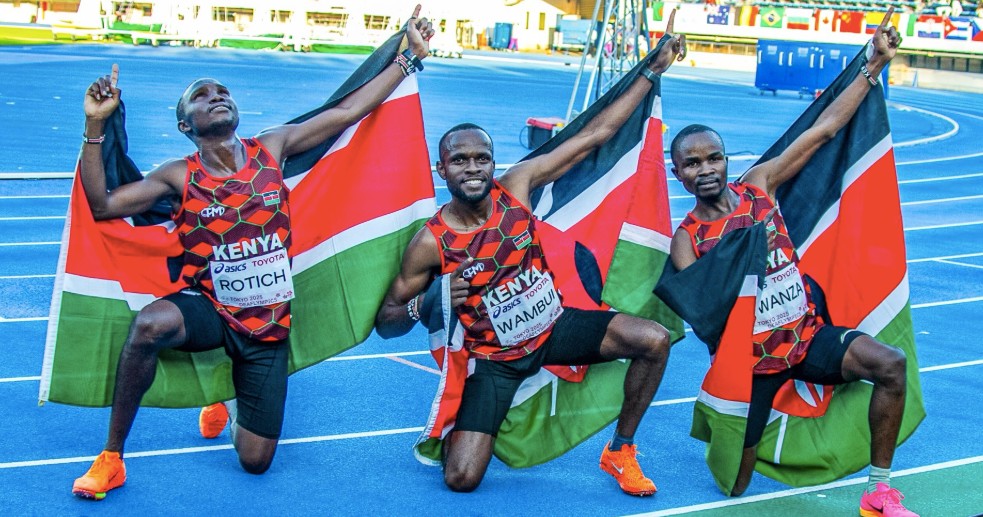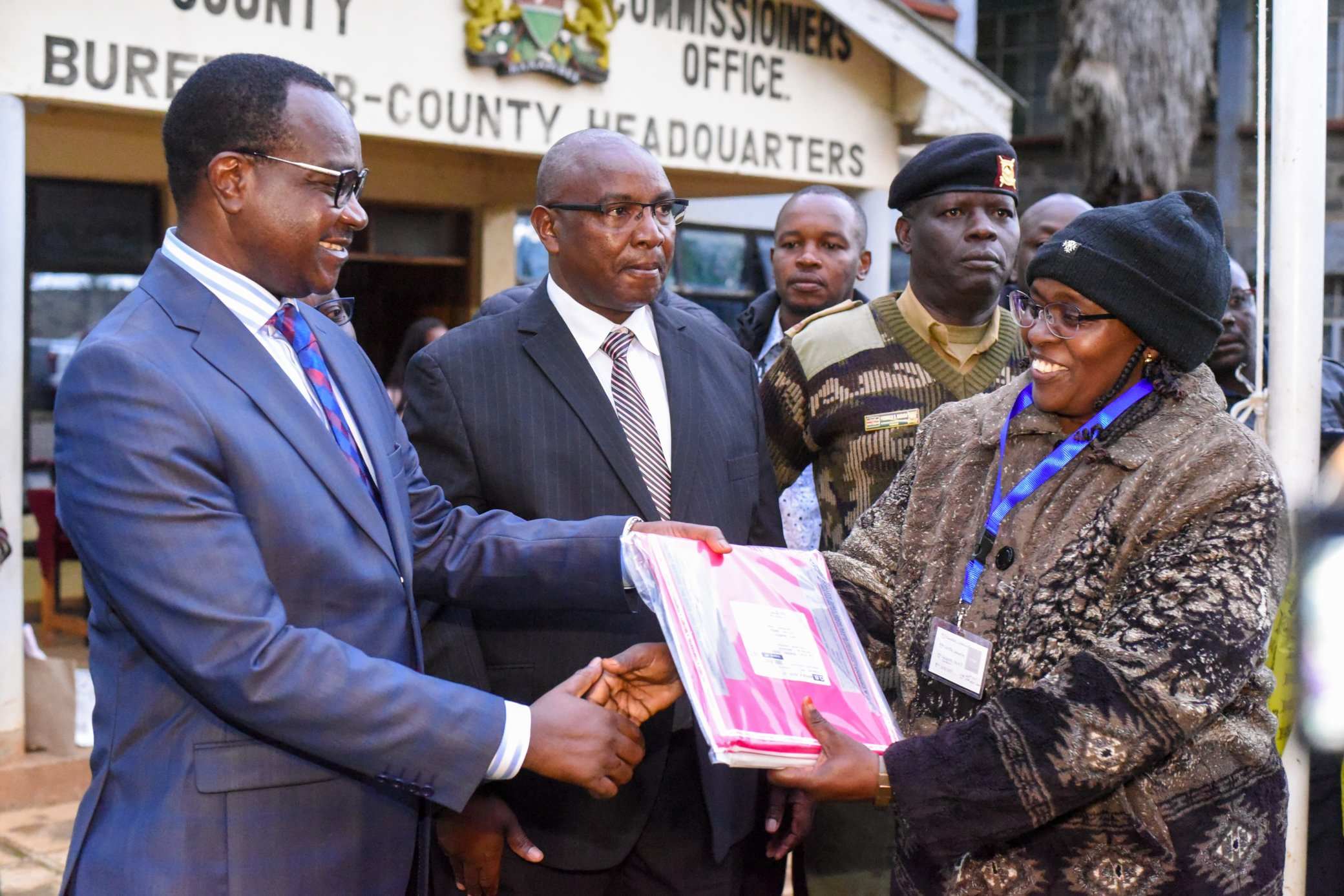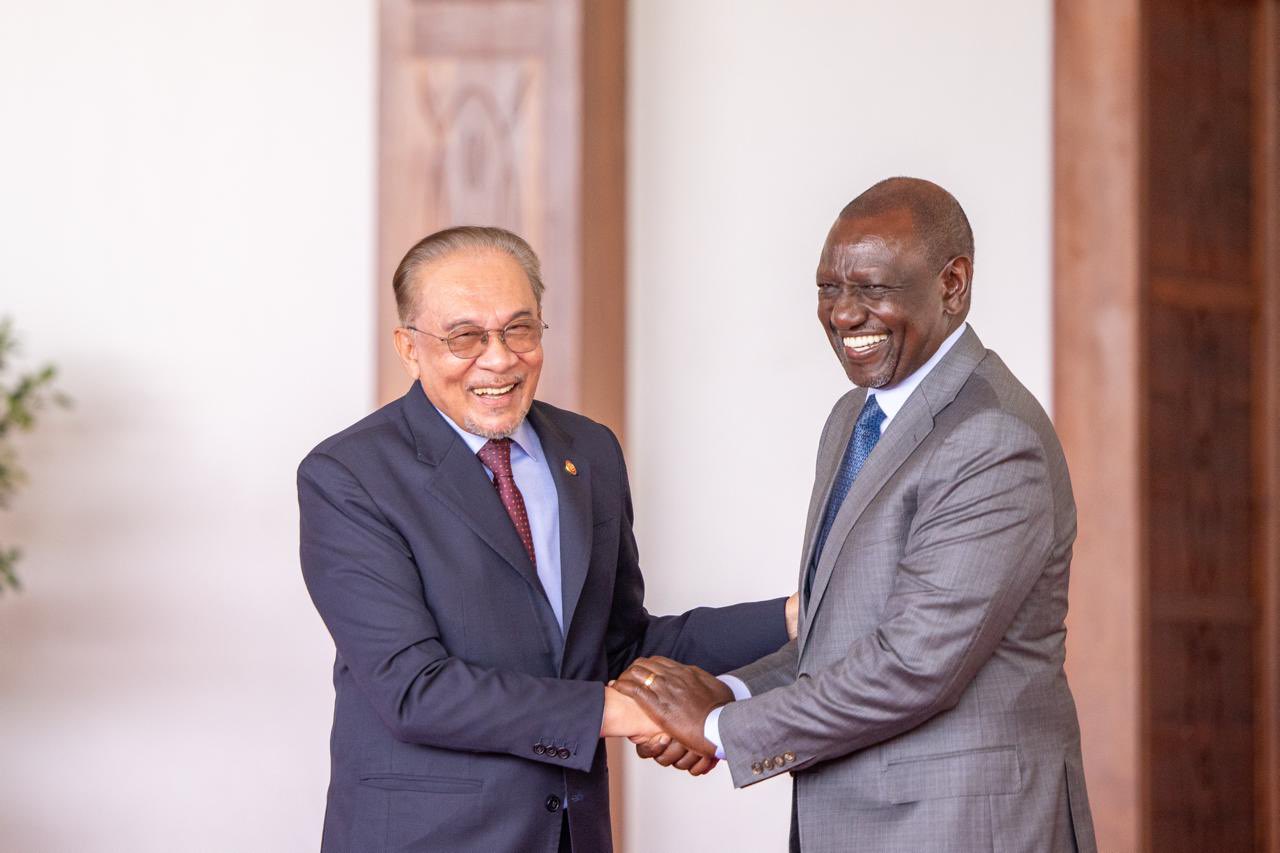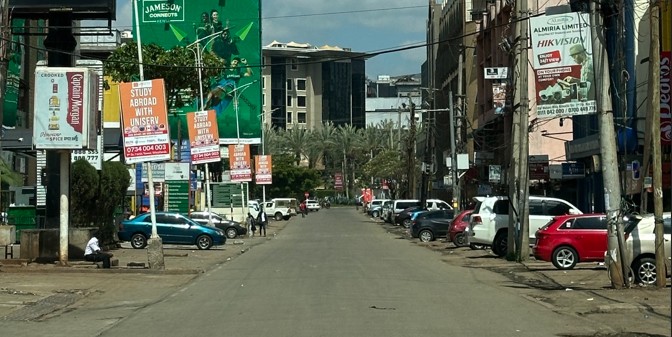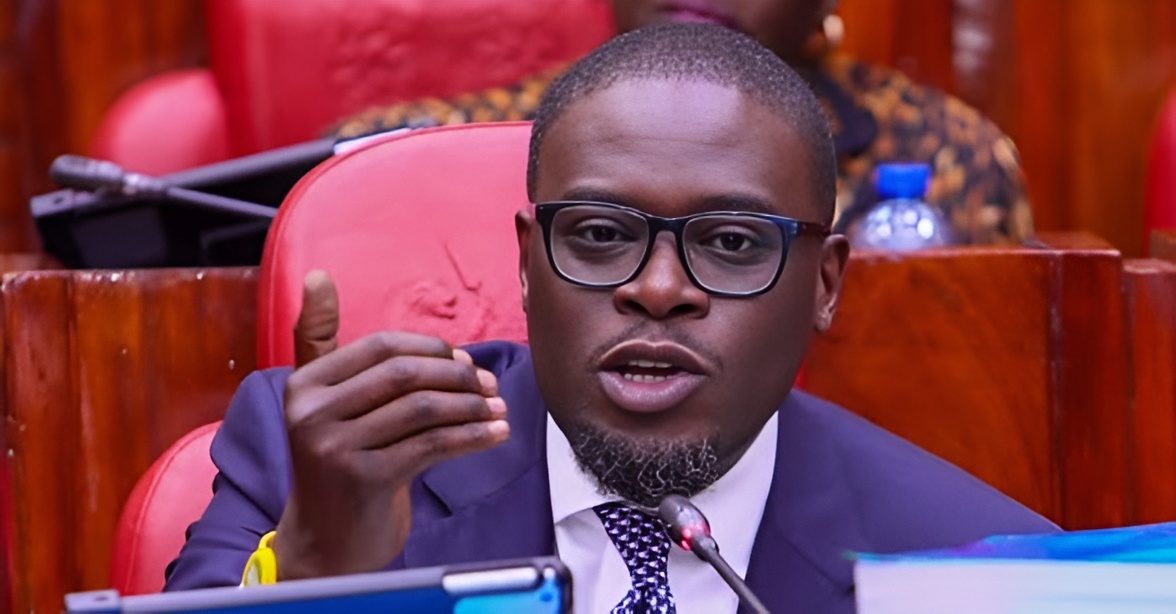How AI can help develop climate-resistant crops for Africa
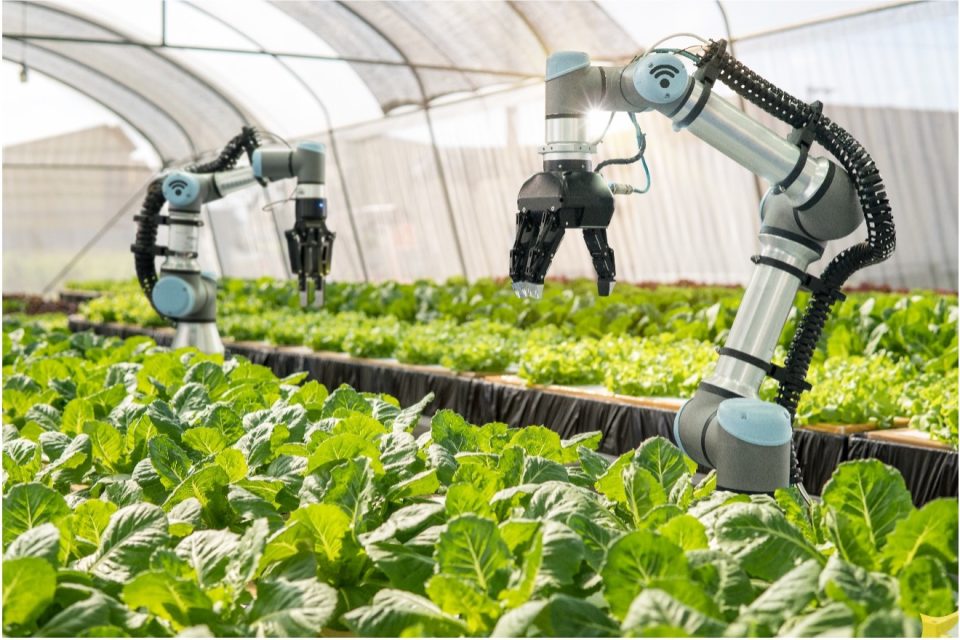
With advancements in biotechnology, we’re also able to modify and edit genes to fortify plants or enable them to resist pests.
How we use land to feed a growing global population and the burden we place on natural habitats in pursuit of nutrition will again take centre stage at the annual global climate change conference, COP29, in November.
COP29 will look towards emerging technologies to create climate resilience in agricultural and food production systems. The Conference of the Parties will likely try to answer these questions: How can we best use technology to provide nutrition to our global population during climate change? How can we do this while minimising or reversing the impact that food production industries have on the planet?
More To Read
- What’s at stake in the COP30 negotiations?
- G42 gets US approval to import advanced AI chips, launching UAE’s AI mega-hub
- Major global emitters off track, no country strong enough to meet climate targets - report
- African activists rally and challenge COP30 agenda
- Ethiopia hosting COP32 a ‘win for the Horn of Africa’, IGAD says
- Power utilities raise clean energy investment plans by 26 per cent in major Net Zero push
We look for genes that are resilient to climate change and then work to preserve these genes. These include endangered tree species and the under-utilised indigenous African leafy vegetables, among others.
Plant biotechnologists conserve “germplasm” (important traits in plant material) in several ways. They may be frozen and stored in liquid nitrogen (cryopreservation), or maintained in plant tissue culture.
With advancements in biotechnology, we’re also able to modify and edit genes to fortify plants or enable them to resist pests.
Artificial intelligence, however, allows us to outsource our most complex problems to machine learning algorithms. This means we’ll be able to predict and identify valuable traits in plants far more easily, allowing us to build resilient crops that can grow in almost any climate.
Once the industry adopts the research, there will be advancements in agriculture and food production systems. However, these technologies should not be privately owned. African governments must lobby strongly at COP29 for artificial intelligence to be used to enhance food systems in a way that benefits the most impoverished people on the continent.
How artificial intelligence boosts food production
Artificial intelligence offers three revolutionary advantages to agriculture and the food production industries. It enables us to:
- Draw on and manage huge amounts of diverse data about things like soil and weather conditions. We’ll be able to find out more about the responses of genes to climate changes like heat stress. Artificial intelligence will allow us to generate new insights that humans may not have thought of alone. This will make agriculture and food production more efficient, while simultaneously reducing the adverse effects of climate change on crops.
- Automate processes and optimise workflows. For example, artificial intelligence can already be programmed to identify the amount of waste produced in agriculture and automatically adjust the feed (for livestock) or nutrient input (for crops) to optimise resource use.
- Make real-time decisions through constant feedback and monitoring.
Engaging artificial intelligence in intentional, ethical and meaningful ways is our best chance to achieve food security in a changing climate.
New, nutritious foods
Artificial intelligence has also decoded some of nature’s most closely guarded secrets, like the way proteins take their unique shape. This determines their diverse functions in nature. Proteins are the building blocks of all organisms, and thus at the heart of food production.
In October 2024, the Nobel Prize for Chemistry was shared among the three scientists who cracked this natural code, and in the process developed the AlphaFold artificial intelligence platform. This allowed scientists to access the inner workings of protein chemistry, something that has eluded scientists for decades.
Using this artificial intelligence tool, scientists have already begun to design and create novel proteins for food, healthcare, and several other use cases that are not found in nature.
Scientists can now reliably predict and edit the genomes of host organisms that can be adapted to produce such proteins for food security en masse, “sustainably” in bioreactors, on any place on Earth, and even beyond it.
What needs to happen next
The use of artificial intelligence in agriculture is already skewed across the world. This is because of unequal access to resources, and differences in support and investment in such technologies.
As it stands, and given the projected population expansion around the world, Africa could gain the most from artificial intelligence-mediated advancements for food security. But Africa as a whole is also lagging in terms of innovation and investments in the new wave of food production technologies.
We know that climate change affects impoverished people more than others, leaving large parts of Africa particularly vulnerable.
So the governments of Africa must carry a strong message to COP29. They must urge that advancements in artificial intelligence, as these relate to food security and climate resilience, must cater for those in greatest need.
Large food corporations cannot be left to own such essential technologies. The historical record of this is poor concerning pricing monopoly and fair distribution. African governments must seek ways to drive innovation, attract investment, and develop their climate resilience technologies through artificial intelligence. These must cater for Africa’s unique contexts.
The message to COP29 must be that as artificial intelligence is used to make global food production systems more efficient, it must also predict who and where vulnerable populations are. COP29 must also ensure that there is a socially just distribution of the food surplus that new technologies will yield.
The author Muhammad Nakhooda is an Associate professor, Cape Peninsula University of Technology. Muhammad Nakhooda and collaborators receive funding from the National Research Foundation (NRF).
Top Stories Today
Reader Comments
Trending


